
The Journey of Siddhartha
By Dung

23 Jun, 2023

The Buddha, also known as Siddhartha Gautama, was born in ancient India around 563 BC. His father was a king, and his mother passed away when he was just a week old. Siddhartha was destined for a life of royalty, but it was foretold that he would either become a great king or a great holy man.

As a child, Siddhartha was sheltered within the palace walls, but when he was a teenager, he began to venture outside and experience life beyond the palace gates. It was on these outings that he witnessed the suffering of ordinary people, and it left a deep impression on him. He became introspective and began to question the meaning of life.
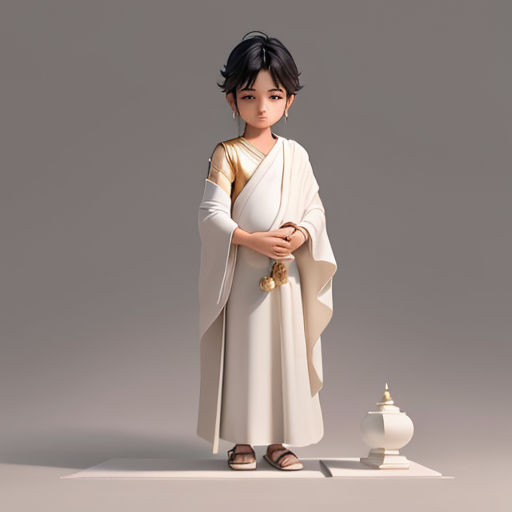
When he was 29, Siddhartha made the decision to leave behind his life of luxury and seek enlightenment as a wandering ascetic. He left his wife and newborn son behind and set out into the world, seeking answers to his questions.

For six years, Siddhartha practiced extreme self-denial and meditation, but he was still not satisfied. It was only when he decided to sit under a Bodhi tree and meditate until he found the answer to his questions that he finally attained enlightenment.

During his enlightenment, Siddhartha realized the Four Noble Truths, which form the foundation of the Buddhist philosophy. The first truth is that suffering exists, the second is that the cause of suffering is desire, the third is that it is possible to end suffering, and the fourth is that the way to end suffering is through the Eightfold Path.

After his enlightenment, Siddhartha became known as the Buddha, or the "Awakened One." He spent the next 45 years traveling and teaching the path to liberation from suffering. His teachings were based on compassion, wisdom, and non-violence.

One of the most famous stories about the Buddha is the tale of the Four Sights. Before he left the palace, Siddhartha had never seen anyone who was old, sick, or dying. On his travels, he saw all three, as well as a wandering holy man. These sights convinced him to seek a solution to the problem of suffering.
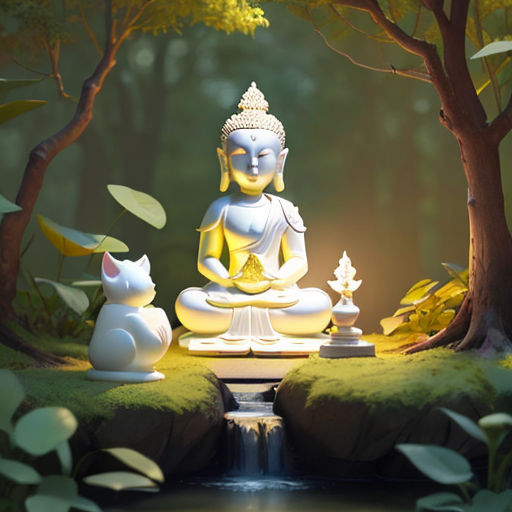
Another well-known story is that of the Buddha's encounter with Mara, the god of desire. Mara tried to tempt the Buddha with various distractions and illusions, but the Buddha remained steadfast and eventually achieved enlightenment.
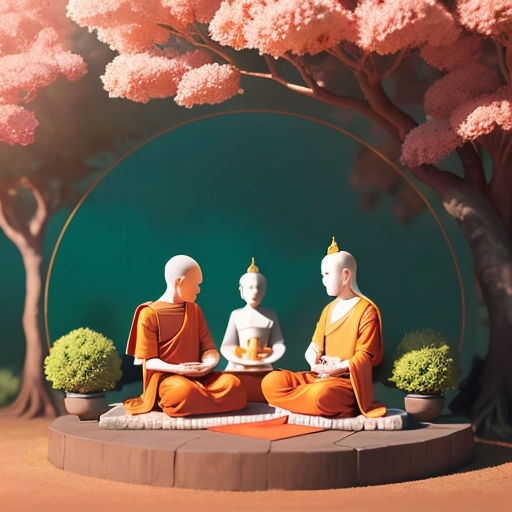
The Buddha's teachings were not initially well-received, but over time, his message spread throughout India and beyond. He founded a monastic order of monks and nuns, and many people converted to his philosophy. He was able to bridge the gap between different castes and social classes, and his teachings continue to inspire people today.
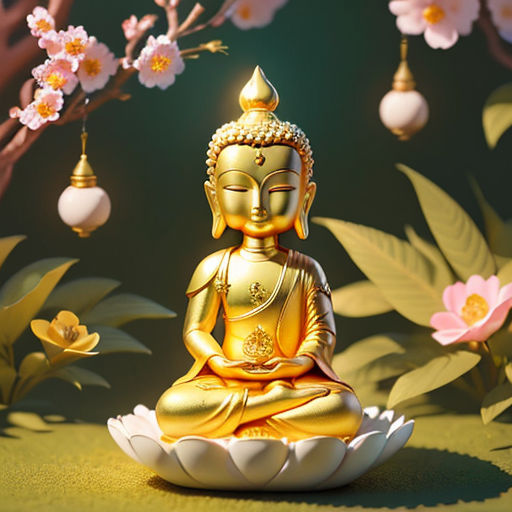
The Buddha passed away at the age of 80, having achieved full enlightenment and liberated himself from the cycle of birth and rebirth. His teachings continue to be studied and practiced by millions of people around the world.

One of the most famous teachings of the Buddha is the Eightfold Path, which is a set of guidelines for living a meaningful and compassionate life. The Eightfold Path consists of right understanding, right intention, right speech, right action, right livelihood, right effort, right mindfulness, and right concentration.

Another important aspect of Buddhism is the concept of karma, which holds that our actions have consequences. According to Buddhist philosophy, we are responsible for our own suffering and liberation, and we can cultivate positive karma by performing good deeds and practicing compassion.

Buddhism also emphasizes the impermanence and interdependence of all things. The concept of an unchanging self is rejected, and instead, the Buddha taught that everything is constantly changing and interconnected. This philosophy is reflected in the Buddhist practice of meditation, which is a way to cultivate awareness of the present moment.
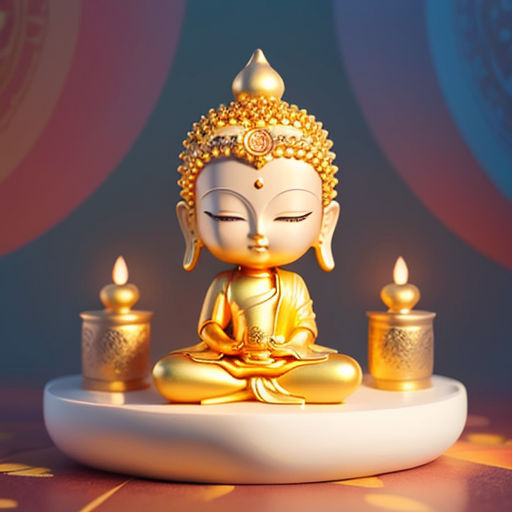
The Buddha's teachings on compassion and non-violence have made a significant impact on the world. Buddhism has influenced many other religions and philosophies, and its message of peace and love has resonated with countless people.

Today, Buddhism is a thriving global religion, with millions of adherents worldwide. It continues to adapt and evolve in response to changing social and cultural contexts, but the fundamental teachings of the Buddha remain as relevant and inspiring as ever.
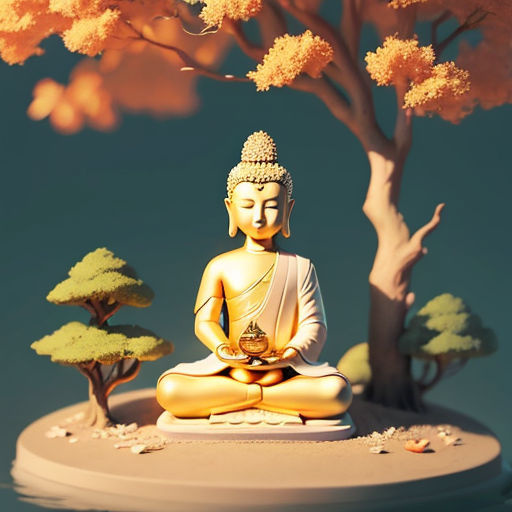
In conclusion, the Buddha's life and teachings continue to inspire people around the world. His message of compassion, wisdom, and non-violence is as relevant today as it was 2,500 years ago. The story of his life is a testament to the power of human determination and the importance of seeking truth and meaning in our lives.